Every experienced gardener knows that the secret to better blooms, brilliant greens, and tastier fruits and vegetables is a healthy soil. Improving the soil before you plant is the best head start to growing healthy, hardy growth in your garden.
But if you're a beginning gardener, how would you determine what type of soil you're working with?
Other than getting a soil analysis from an extension laboratory, there's a quicker way to check and it involves a clear, glass jar filled with water.
DIY Soil Type Analysis
- Take a handful or two of soil from your garden, place it in the jar, and strongly shake the jar so the soil disperses.
- Place the jar in an undisturbed location overnight, and check it the next day. The soil should settle in layers.
- You'll find silt in the middle, clay on top, and sand in the bottom.
- The layer with the bigger volume is the dominant soil type in your garden.
Improving Sandy Soil
- Sandy soil drains really fast, giving no time for plants to absorb nutrients, so your purpose in improving sandy soil is to control water storage.
- Organic matter, applied 2 inches on the top of the soil or mixing 5-6 inches in relation to topsoil total volume, will help regulate water drainage.
- Add organic matter like aged manure or compost to sandy soil annually to keep the soil fertile.
- For less expensive amendments, target the immediate root zone or just the garden beds to reduce costs.
Improving Clay Soil
- The trouble with clay soil is compaction, leading to water puddles on uneven beds, which rot the roots and lower stems of plants as well as discourage oxygen circulation under the soil surface.
- Your goal is to improve soil structure to improve clay soil.
- The best way to improve soil structure is to mix in organic matter like compost and manure frequently as well as organic fertilizers like fish emulsion, seaweed extracts, and bone meal.
- Plant cover crops between seasons to encourage crumbling, loosen the soil, and prevent weeds from growing.
- If you have alkaline soil, add gypsum to sandy soil every 4 to 5 years. DO NOT amend acidic soil with gypsum as it won't be of use to your soil.
- Consider inoculating sandy soil with mycorrhizae or integrating humic acids to restore clay soil.
- Think about gardening in raised beds high enough to eliminate the necessity to step on the beds, a practice which leads to compaction.
Improving Silty Soil
- Although silty soil is best for gardening if you don't have loamy soil—the ideal soil for growing healthy, hardy plants--silty soil's problem is that it can compact quickly if you step on it frequently.
- Your aim in improving soil is to prevent compaction, so the best way is to use paths between beds to avoid stepping on garden beds when working in your garden.
- Narrow plywood or cardboard, laid down between garden beds, can serve as pathways or places you can stand/sit on when tending your plants.
- If the fertility levels are low, amend silty soil with compost or green manure; such other organic matters as wood shavings and grass clippings; or organic fertilizers like kelp extracts.
- Mulch the soil with shredded office paper or newspapers (black and white prints are best) or bark trimmings to keep the soil moist and discourage weeds.
It may sound like too much effort to be continually improving the soil every time you start growing things in your garden. Still, if you're a serious gardener, improving the soil is your insurance to hardy, healthy plants that will give you the best blooms, the brilliant greens, and the most productive yields...and that is gardening's own reward.
Just updated your iPhone? You'll find new emoji, enhanced security, podcast transcripts, Apple Cash virtual numbers, and other useful features. There are even new additions hidden within Safari. Find out what's new and changed on your iPhone with the iOS 17.4 update.




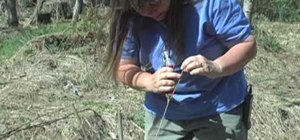









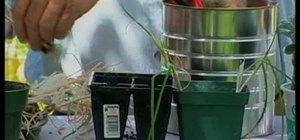






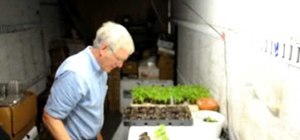
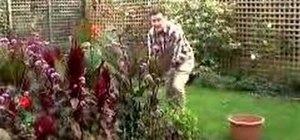



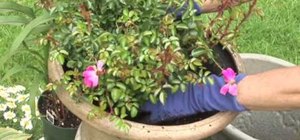

Be the First to Comment
Share Your Thoughts